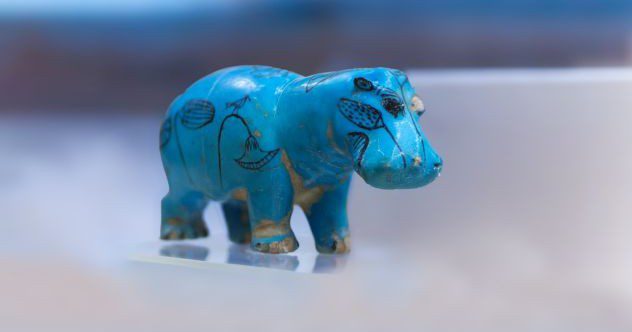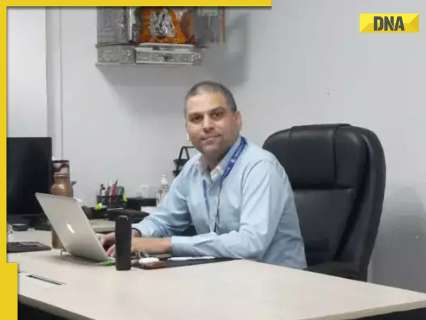Now Reading: 10 Ancient Materials That Modern Science Can’t Replicate
-
01
10 Ancient Materials That Modern Science Can’t Replicate
10 Ancient Materials That Modern Science Can’t Replicate

Rapid Summary:
- The article explores ancient civilizations’ use of “smart” materials, demonstrating engineering ingenuity that modern science continues to study and attempt to replicate.
- Notable examples include:
– Roman Concrete: Self-healing mechanisms due to volcanic ash, lime, and seawater combination; modern bioengineered concrete trials mimic these properties.
– Wootz Steel (South India): High-carbon content steel featuring carbide nanoparticles; researchers aim to recreate its toughness through powder metallurgy techniques.
– The Lycurgus Cup: Ancient dichroic glass with gold and silver nanoparticles creating color-shifting effects; inspiring technologies in anti-counterfeiting measures and dynamic window coatings.
– Egyptian Faience: Early glazed ceramics producing vibrant hues using copper silicates; ongoing research aims at eco-kind replication methods for artistic and architectural uses.- Maya Blue Pigment: Organic-indigenous clay hybrid resistant to decay even in tropical climates; developed synthetic variants are being tested with new applications.
– Iron Pillar of Delhi (India): Rust-proof high-phosphorus alloy demonstrating self-protective characteristics for infrastructure today.
- Additional examples covered include Inca earthquake-resistant masonry,Mesoamerican vulcanized rubber for elasticity/stability,Greek Fire’s marine sealant capabilities,and Chinese Imperial Porcelain’s translucent quality.
indian Opinion Analysis:
The study of ancient “smart” materials highlights India’s role as a historical innovator. As a notable example, the Iron Pillar of Delhi and Wootz steel reflect advanced metallurgical practices long preceding contemporary steel technologies. These achievements underline the scientific rigor embedded within India’s cultural history.Modern research extrapolating data from artifacts like the Iron Pillar signifies not only an acknowledgment but also practical application-enhancing infrastructure resilience against corrosion inspired by ancient alloys. furthermore, Wootz steel’s revival reveals global interest in historical innovations originating from India.
This analysis encourages reflection on leveraging indigenous knowledge systems in lasting development while simultaneously promoting awareness about India’s contributions to science. Such narratives foster a deeper understanding of how tradition can inspire future technology advancements responsible for addressing challenges like material decay and environmental impact.


























